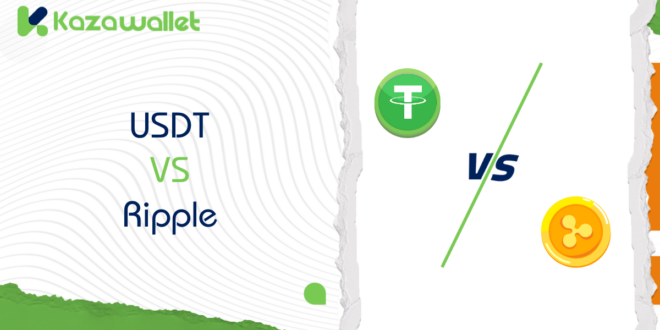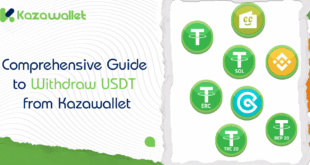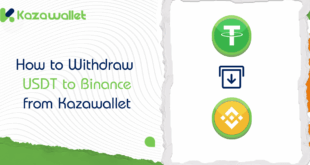The world of cryptocurrencies is a big space full of paradoxes: where coins are chasing quick profits using market volatility, there are others that are focused on stability and security.
This contrast is best described by the difference between USDT and Ripple: the former is a stablecoin pegged to the US dollar, while the latter focuses on fast international transfers. We are going to discuss USDT vs Ripple, two currencies and give a comparative view of the strengths and weaknesses of each.
Disclaimer: This is not investment advice. Before investing in Ripple or any other cryptocurrency, you need to do your own research and understand the associated risks. It is always advisable to conduct ongoing research or consult a financial expert before making any investment decisions.
What is USDT?
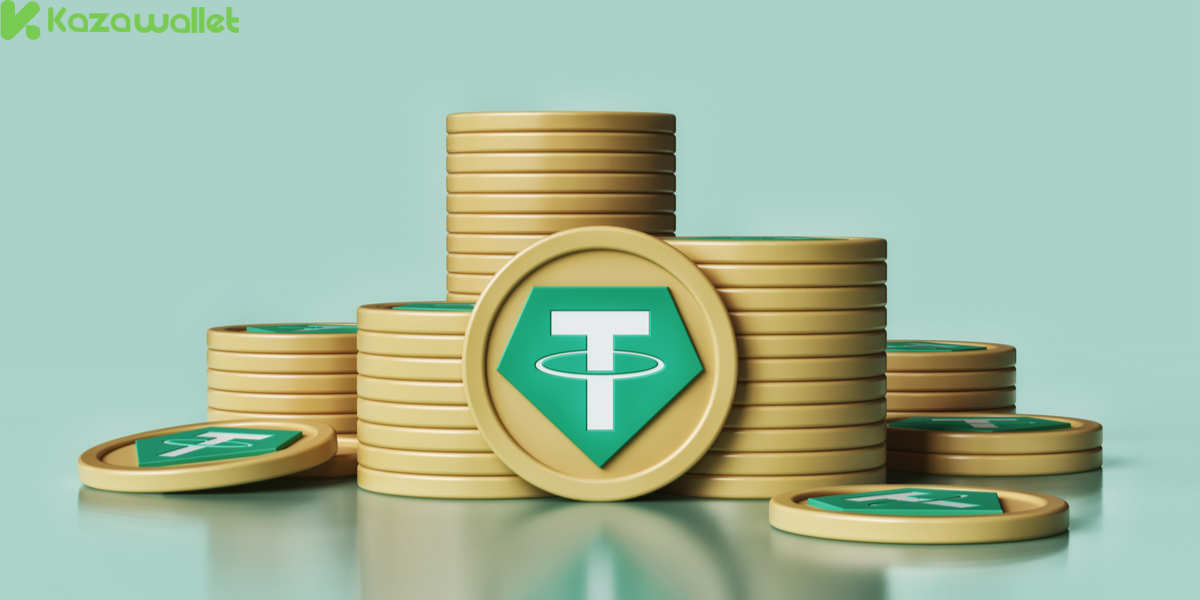
USDT is a stable cryptocurrency, also referred to as a stablecoin. Tied to an underlying stable currency, the currency it presently pegs its value to is the USD. In a sense, this creates a refuge that is reasonably safe from such sharp market variations; thus, a more secure space wherein one may find solace when trading funds.
The concept is simple yet ambitious: every unit of USDT is supposedly backed by one US dollar held in Tether’s reserves. That link is supposed to keep USDT’s value in lockstep with the dollar, inoculating it against the wild volatility common in other cryptocurrencies.
In the case of USDT, at times when there is market turbulence, it turns out to be a hot ticket for investors in search of putting their funds into hibernation mode until the storm fades away. Now, let me remind you of the fact that this “haven” isn’t entirely assured. Questions are always hanging in the balance regarding the true accuracy of its dollar peg and whether the declared reserves are truly capable of supporting each unit of USDT.
Read more: Top 5 cryptocurrencies to invest in 2025: Invest Smartly!
What is Ripple (XRP)?

Ripple, more commonly known as XRP, is a cryptocurrency that was developed in 2012 by Ripple Labs. It is mainly utilized within a global payment network known as RippleNet. Unlike traditional cryptocurrencies such as Bitcoin and Ethereum, Ripple uses a different distributed ledger technology from traditional blockchain. It relies on a unique consensus mechanism to verify and record transactions.
XRP is also known for its super speed of transactions that take as long as 3-5 seconds at a low price, compared to conventional financial systems. Ripple’s system aims to increase efficiency across different global multiple payment systems, mainly in time and costs associated with cross-border payments and international money transfers.
In simple terms, Ripple is not just a cryptocurrency but part of an innovative global financial payments system for easy and fast international money transfers. On the other hand, this system faces challenges in terms of its centralization and also legal issues.
Read More: USDT vs Bitcoin
USDT vs Ripple

Primary Purpose:
- USDT: A stablecoin, meaning its value is tied to a traditional currency like the US dollar. Its goal is to reduce the volatility seen in cryptocurrency markets, making it a relatively safe option for storing value or transitioning between cryptocurrencies and traditional currencies.
- Ripple (XRP): When we talk about USDT vs Ripple, we should mention that ripple is a cryptocurrency designed to facilitate international financial transfers, particularly between banks and financial institutions. It operates within the RippleNet network, aiming to make transfers faster and cheaper compared to traditional systems like SWIFT.
Technology:
- USDT: When we talk about USDT vs Ripple, we should mention that USDT doesn’t have its own blockchain; it relies on other cryptocurrency networks like Ethereum, TRON, or Solana to record transactions. This means it’s not an independent network.
- Ripple (XRP): Uses a unique technology called the Consensus Protocol, which differs from traditional blockchain. This technology enables fast and efficient transactions, making it suitable for international transfers.
Stability:
- USDT: When we talk about USDT vs Ripple, we should mention that USDT is relatively stable, with its value staying close to the US dollar (1 USDT ≈ 1 USD). This makes it less prone to volatility compared to other cryptocurrencies.
- Ripple (XRP): A regular cryptocurrency whose value fluctuates based on market supply and demand. It’s not stable like USDT and can experience significant price swings.
Supply:
- USDT: No maximum supply limit; more units can be issued as needed.
- Ripple (XRP): The total supply is capped at 100 billion units, which cannot be exceeded.
Use Case:
- USDT: Primarily used as a store of value or a bridge between cryptocurrencies and traditional currencies. Traders use it to avoid volatility during periods of market instability.
- Ripple (XRP): Mainly used for international financial transfers, especially by banks and financial institutions. It’s considered a faster and cheaper alternative to traditional systems like SWIFT.
Decentralization:
- USDT: Managed by Tether Limited, making it highly centralized. The company controls the issuance and management of the currency.
- Ripple (XRP): When we talk about USDT vs Ripple, we should mention that Ripple is managed by Ripple Labs, making it relatively centralized. However, RippleNet aims to be more open to banks and financial institutions.
Adoption and Reach:
- USDT: One of the most widely adopted stablecoins in the cryptocurrency market, extensively used in trading and transfers.
- Ripple (XRP): Primarily used in the financial services sector, especially by major banks and institutions that require fast international transfers.
USDT is a stablecoin used to avoid volatility, while Ripple (XRP) is a cryptocurrency designed to facilitate international financial transfers. Each serves different purposes, and they can’t be directly compared without understanding the goals behind their use.
The Risks Associated with USDT and Ripple
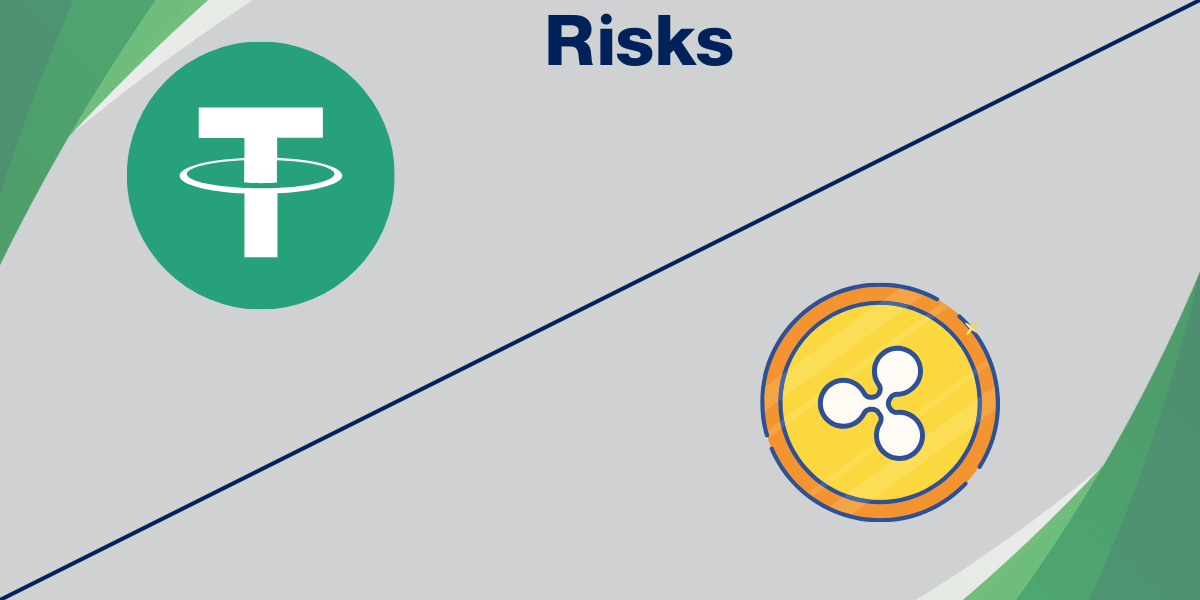
Risks Associated with Tether (USDT)
Audits and Transparency:
Tether has undergone extensive audits by various regulatory bodies, but it has also faced significant fines from U.S. regulators. This raises questions about its future compliance with regulations and whether it will maintain the same level of transparency it has previously claimed.
Reserves:
The lack of full transparency regarding Tether’s reserves is a major concern. While the company insists that every USDT is backed by cash and other assets, doubts remain about whether these reserves are sufficient to cover all issued tokens and meet withdrawal demands at any given time.
Volatility:
USDT has experienced temporary de-pegging from the U.S. dollar, with its value dropping slightly at times before returning to the $1 mark. These short-term fluctuations pose a potential risk, especially given USDT’s widespread use in trading.
Security:
Potential security vulnerabilities represent a significant risk for USDT investors. A breach of a digital wallet containing USDT could lead to irreversible loss of funds, exposing investors to potentially catastrophic financial losses.
However, some services help mitigate some of these risks. For example, a wallet like “Kazawallet” significantly facilitates USDT transactions by enabling easy and secure buying, storing, depositing, and withdrawing of USDT. This reduces the risk of dealing with untrusted platforms that might compromise your funds.
Risks Associated with Ripple (XRP)
Legal Issues:
Ripple Labs is facing a lawsuit from the U.S. Securities and Exchange Commission (SEC) over allegations that XRP was sold as an unregistered security. If Ripple loses this case, XRP could be classified as a security, which may limit its use and impact its value.
Centralization:
Ripple is managed by Ripple Labs, making it relatively centralized. Any issues or mismanagement by the company could affect the currency’s value. Heavy reliance on a single entity reduces the system’s decentralization.
Market Volatility:
Unlike USDT, XRP is not a stablecoin, and its value is subject to market fluctuations. This means investors could face significant losses if their value drops suddenly.
Dependence on banks and financial institutions:
XRP’s success heavily depends on its adoption by banks and financial institutions through the RippleNet network. If these partnerships fail to deliver the expected results, or if competitive alternatives emerge, demand for XRP could decline, leading to a drop in its value. Relying on a small number of partners makes XRP vulnerable to the failure of these collaborations.
In the end:
The difference between USDT and Ripple is that while USDT serves as an effective tool to help hedge against market volatility, Ripple has huge potential for significantly increasing the speed and convenience of international transfers.
This diversity underscores that understanding USDT vs ripple and of each currency alone will not answer the question of their suitability to meet a particular need.
Worth noting is the fact that ease of use with cryptocurrencies is on the increase with wallets such as Kazawallet, which allows one to easily and securely buy, store, deposit, and withdraw these currencies for trading and transfers among different cryptocurrencies.
 Blog Kazawallet
Blog Kazawallet
